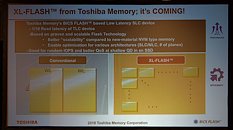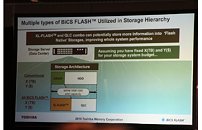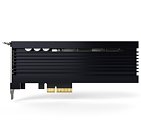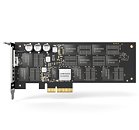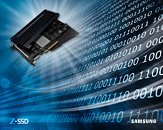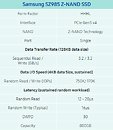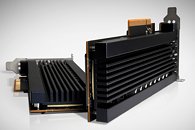
Toshiba Looks to Take on Optane With XL-Flash Low-Latency 3D NAND Technology
Toshiba at the Flash Memory Summit announced that it's developing 3D XL-Flash technology - an approach towards the creation of low-latency, 3D NAND that can take on the surging Optane and 3D XPoint memory technologies. Toshiba says the new approach to low-latency NAND could bring latency values down to just 1/10 of current consumer, TLC NAND pricing.
The bet here is on economies of scale - a revised NAND architecture and deployment will still be able to take advantage of the huge fabrication capacity that Toshiba already enjoys (and Samsung, with its Z-NAND, similar in purpose to what Toshiba want to do with XL-Flash), thus avoiding the need for technology and production ramp-up that brought Optane's pricing up. Toshiba will be using its BiCS flash technology, but XL-Flash will be - at least at first - deployed in SLC implementations, so as to improve performance (7 microseconds program time against QLC's 30 microsecond). Of course, this will bring storage density down, but remember the target here is offering Optane-like performance and equal or better density at lower pricing.
The bet here is on economies of scale - a revised NAND architecture and deployment will still be able to take advantage of the huge fabrication capacity that Toshiba already enjoys (and Samsung, with its Z-NAND, similar in purpose to what Toshiba want to do with XL-Flash), thus avoiding the need for technology and production ramp-up that brought Optane's pricing up. Toshiba will be using its BiCS flash technology, but XL-Flash will be - at least at first - deployed in SLC implementations, so as to improve performance (7 microseconds program time against QLC's 30 microsecond). Of course, this will bring storage density down, but remember the target here is offering Optane-like performance and equal or better density at lower pricing.
